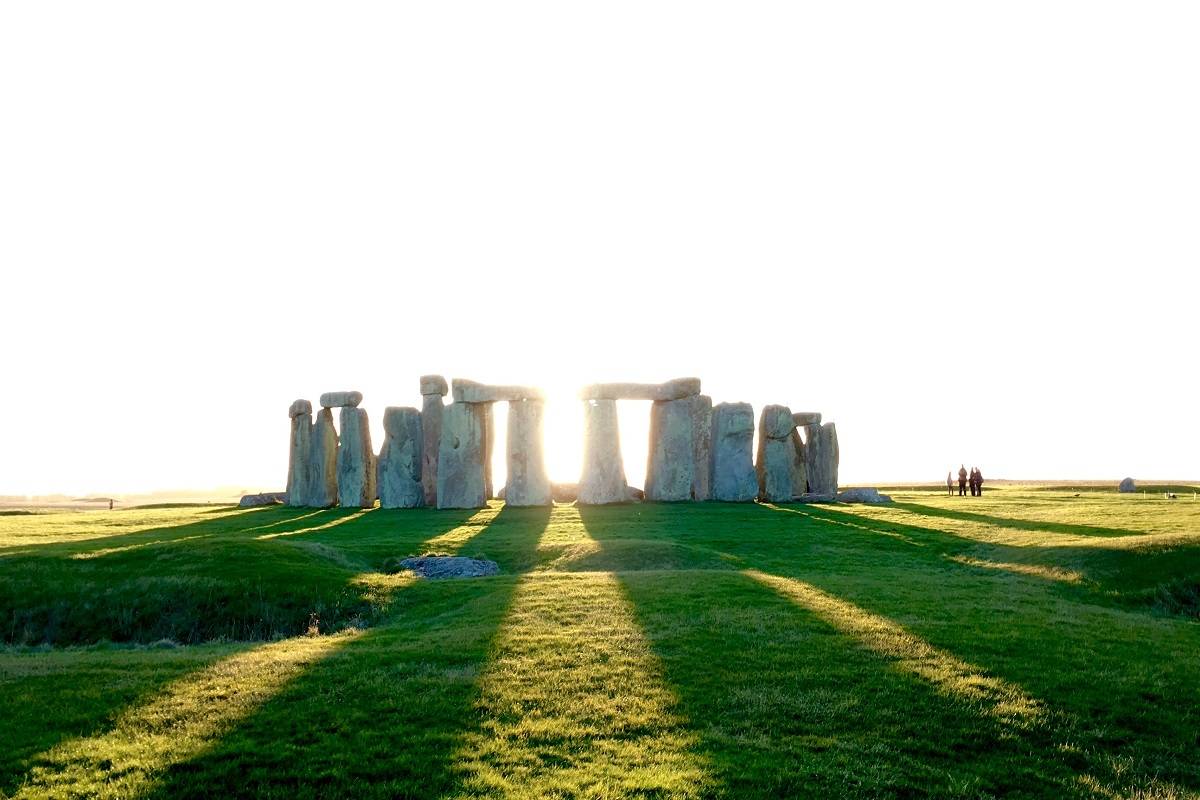
Science Behind the Summer Solstice:
The Summer Solstice occurs when the Earth's axial tilt is most inclined toward the sun, resulting in the longest period of daylight in the Northern Hemisphere. Understanding the scientific explanation behind this celestial phenomenon can deepen our appreciation for the intricate dance between Earth and the sun, reminding us of our place in the cosmos.
Summer Solstice 2023: Historical and Cultural Significance
From ancient civilizations to modern-day societies, the Summer Solstice has held immense cultural significance. We'll take a trip back in time to discover how our ancestors revered and celebrated this event, understanding how their connection with the natural world played a pivotal role in their lives. Exploring the Stonehenge monument in England, a famous gathering place for solstice celebrations observes awe-inspiring rituals and traditions that have been passed down through generations.
Why does the Summer Solstice vary each year?
The occurrence of the Summer Solstice changes annually. In 2023, it will happen on June 21, while in 2024, it will occur on June 20. In the Northern Hemisphere, the summer solstice can fall anywhere from June 20 to June 22.
This variation is attributed to the nature of the Gregorian calendar, which consists of 365 days. However, in reality, it takes the Earth approximately 365.242199 days to complete its orbit around the sun. To account for this disparity, leap years are introduced in the calendar. By adjusting the calendar, we ensure that the summer season remains within the same calendar months. As a result, the specific date when the sun reaches its northernmost position in relation to the Earth may shift either backwards or forward by a day.
Summer Solstice 2023: Celebrations Around the World
The Summer Solstice is a day of jubilation, celebrated worldwide with diverse customs and festivities. From the mesmerizing Midnight Sun Festival in Norway, where the sun never sets, to the lively Inti Raymi festival in Peru, paying homage to the sun god, and the cheerful Bonfires of Saint John in Spain, there are unique ways in which people honour and embrace the sun's energy and warmth.
Summer Solstice 2023: Personal Reflection and Growth:
Beyond the external celebrations, the Summer Solstice invites us to embark on a journey of personal reflection and growth. Practices such as meditation, journaling, and setting intentions can empower our energy with the sun's vitality, paving the way for personal growth, goal-setting, and manifesting positive changes in our lives.
The Summer Solstice is a remarkable time when nature and humanity unite in honouring the power of the sun. By understanding its scientific significance, exploring its historical and cultural roots, and immersing ourselves in celebrations and personal reflection, we can truly appreciate the magic of this day. As the sun reaches its zenith, let's embrace the warmth and light, celebrating the Summer Solstice with a deep sense of connection to the world around us and the limitless potential within ourselves.









